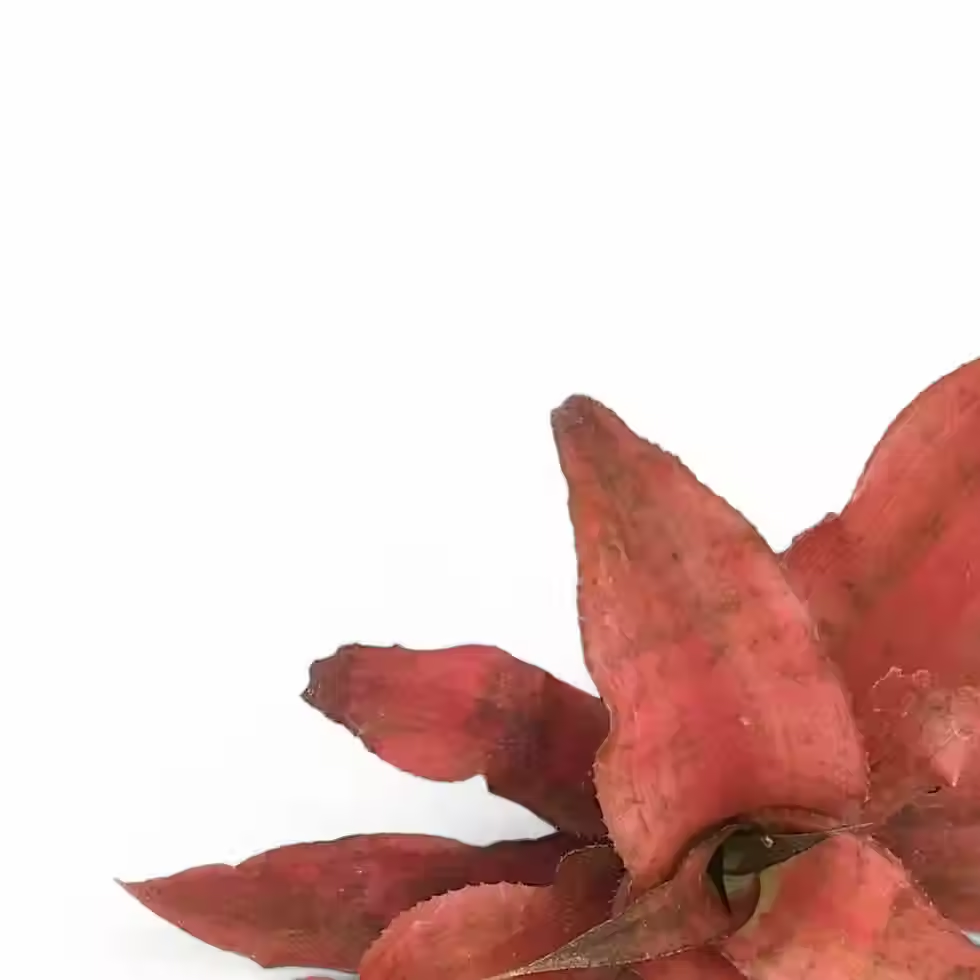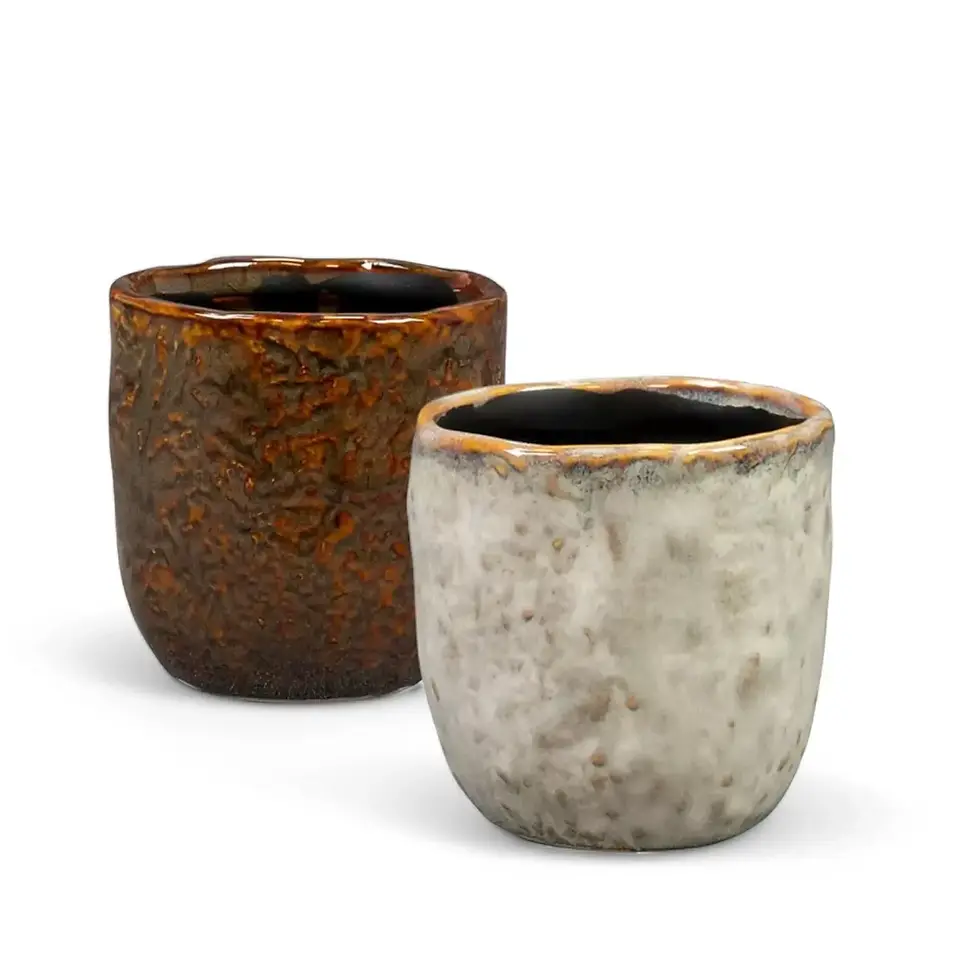Euphorbia trigona - Information and Plant Care
Euphorbia trigona Mill., sometimes referred to in older literature as Euphorbia hermentiana, is a striking succulent known for its robust and architectural growth. With its towering, upright stems and sharp, triangular wings, this plant creates a bold, sculptural presence in any collection. Euphorbia trigona is a popular choice for indoor gardeners, not only for its distinctive appearance but also for its ease of care. Its succulent nature means it thrives in a variety of indoor conditions, making it a resilient addition to any indoor space.
Features of Euphorbia trigona
- Distinctive Stems: Three-sided, thick, and ribbed, giving it a unique wing-like profile.
- Spines and Leaves: Short, sharp spines grow in pairs along the ridged stems, with small, bright green leaves appearing intermittently.
- Growth Habit: Can grow into an erect, densely branched shrub or small tree, reaching up to 2 meters indoors.
- Low Maintenance: Adaptable to various lighting conditions and requires minimal watering.
Euphorbia trigona Care
Caring for Euphorbia trigona is straightforward, making it an excellent choice for both beginner and experienced plant enthusiasts. Follow these easy care tips to keep your plant healthy and growing:
→ Light
- Thrives in bright, indirect light.
- Can tolerate some direct sunlight, but avoid prolonged exposure to strong afternoon rays to prevent leaf burn.
→ Watering
- Water sparingly, allowing the soil to dry out completely between waterings.
- Overwatering can lead to root rot, so ensure good drainage.
→ Soil
- Use well-draining soil, such as a cactus or succulent mix.
- A pot with drainage holes is essential to avoid water buildup.
→ Temperature
- Prefers warm temperatures between 18°C and 27°C.
- Protect from cold drafts and temperatures below 10°C.
→ Fertilization
- Apply a balanced, diluted fertilizer once a month during the growing season.
→ Pruning
- Remove any dead or damaged leaves to encourage new growth and maintain structure.
Common Issues and Solutions
Euphorbia trigona is relatively hardy, but like all plants, it can face challenges. Here are some common issues you might encounter:
→ Root Rot
- Occurs when the plant is overwatered.
- Ensure proper drainage and let the soil dry out before watering again.
→ Yellowing Leaves
- May indicate too much water or insufficient light.
- Adjust care accordingly.
→ Pests
- Common pests include spider mites, mealybugs, and aphids.
- Use insecticidal soap , neem oil, or use beneficial insects to treat infestations.
→ Brown Tips
- May be due to underwatering or excessively dry conditions.
- Increase humidity or water slightly more if needed.
Additional Growing Tips for Euphorbia trigona
To ensure your Euphorbia trigona thrives, it's essential to mimic its natural habitat as much as possible. Euphorbia trigona originates from Central Africa, where it grows in warm, arid conditions. By replicating these environmental factors in your home, your plant will flourish. Place it in a bright location and water sparingly, allowing the soil to dry out fully between waterings. This plant also prefers a dry, warm environment, so avoid placing it in areas with high humidity.
The upright growth and unique stem structure make Euphorbia trigona an eye-catching focal point in any space. However, due to its spines, it’s best kept out of high-traffic areas to avoid accidental contact. Regularly inspect your plant for any signs of pests or disease and address issues promptly to ensure a healthy, thriving plant.
Etymology
The genus Euphorbia is named in honor of Euphorbus, the ancient physician of King Juba II of Mauretania. Euphorbus is credited with discovering the medicinal properties of some Euphorbia species, and this name serves as a tribute to his contributions to plant-based medicine. The species name trigona refers to the plant’s distinctive three-angled stems, a defining feature of this succulent.
Euphorbia trigona
Euphorbia trigona Mill is approximately 50 cm tall and comes in a ⌀ 17 cm pot

























































